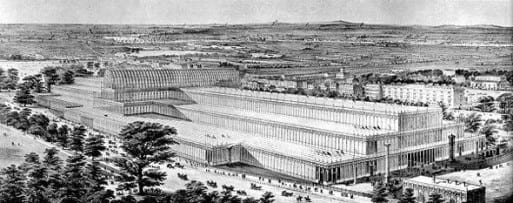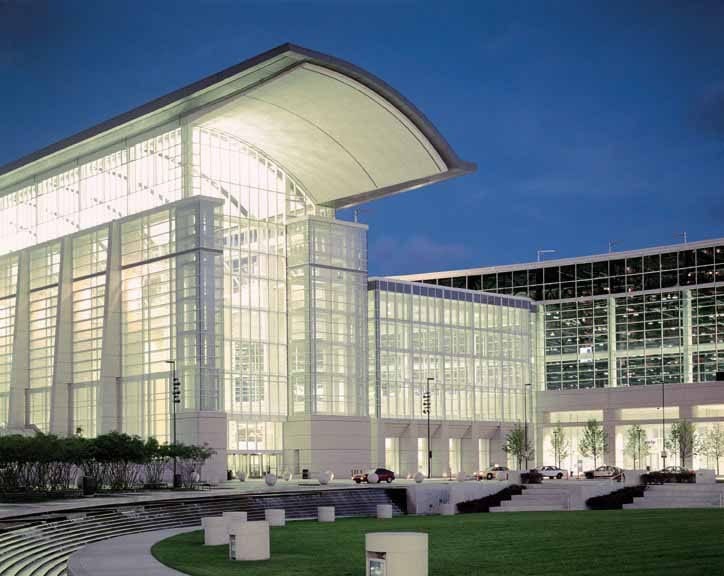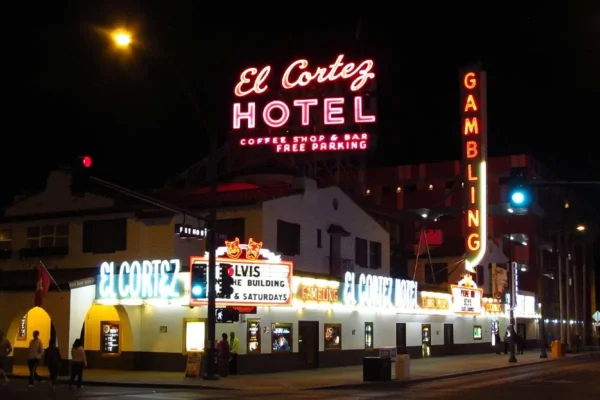If it can be said that today’s modern convention center has transformed both cities and the way we conduct commerce and industry, there would probably be widespread agreement among those who follow the exhibition business.
But the history of the buildings themselves, the edifices, the surfaces upon which success stories are made inside those buildings is one that has matriculated throughout the years.
Over time, these stalwart, towering centers have now become a fixture in modern day architecture. Once a staple and fixture of world expositions, convention centers have now shaped various city centers and downtown areas, spearheading central business district revitalization projects and anchoring multiple local redevelopment schemes that continue to take shape across the country.
Early record-keeping from the International Association of Exhibitions and Events (IAEE) show that the Industrial Revolution and mass production of household consumer goods, combined with the then-improvements in communication and transportation made in the early days of exhibitions and exposition centers an icon of valuable importance.

Such an iconic example of one of these architecturally sound stalwarts was the Crystal Palace in the London section of Hyde Park. Specifically designed for the 1851 Great Exhibition and destroyed by fire in 1936, this crown jewel of early exposition halls featured nearly a million square feet of glass with some 13,000 exhibits from around the world at the height of the Exhibition.
This was followed in the late 1800s with great exhibition halls being built in the U.S., from Philadelphia’s Memorial Hall, which was originally built for the 1876 Centennial Exposition, to the 1929 erection of Atlantic City’s Boardwalk Hall; the latter having a 137 foot-high barrel vault ceiling, thus laying claim to then having the world’s largest clear span space.
In the late 1900s as the days of great expositions and World’s Fairs ground to a halt, sprawling architecture gave way to big box-style modern convenience.
Convention centers such as Chicago’s McCormick Place proved that abundant space was the ticket to being a success story in the industry. From a space perspective, McCormick Place encompasses 2.6 million square feet of exhibition space, making this institution the largest convention center in North America.

McCormick Place has institutionally grown from its single lakeside building on the city’s near-south Lake Michigan shoreline to a now-multi building exhibition campus with imminent plans to erect a new large domed athletic stadium to house the DePaul University Blue Demon basketball team.
Not to be outdone, new exposition halls in Las Vegas and Washington D.C., for example, began sprouting up, and both urban landscapes and town centers were now being shaped by these new structures. Washington D.C.’s Walter E. Washington Convention Center is an example of such of where urban planning came together to anchor a continuous revitalization effort of Downtown D.C.
Replacing the previous Washington Convention Center, which stood just one block away, the current center rose in 2003 and was dedicated for the late District of Columbia mayor Walter E. Washington in 2007. Compared to the previous complex that just had 800,000 square feet of space, the Walter E. Washington Center boasts an expansive 2.3 million square feet of exhibition hall space.
As facilities attempt to “out-do” themselves on the amount of available convention space, creating a sort of “glutton effect,” a 2012 article in The Atlantic bluntly attempted to ask if it was in fact time to “stop building convention centers.” Citing new complexes such as National Harbor in the nearby Washington suburbs in Prince George’s County, Maryland, as examples, some observers questioned the over-saturation of convention center space.
Still, it could be argued that the ample space makes a city competitive if one show chooses one particular venue over another, commencing a bidding war that industry insiders are all too familiar with today.
It is precisely this bidding war, coupled with the ongoing building of new centers and renovation or expansion of existing centers, along with advancements in technology, that will allow this industry to continue churning for decades to come.































